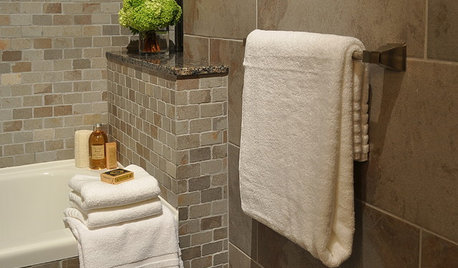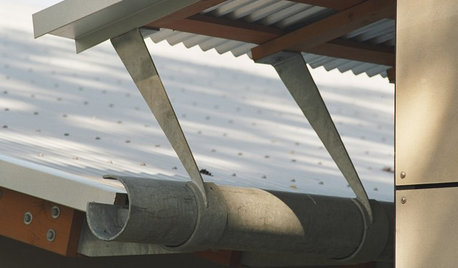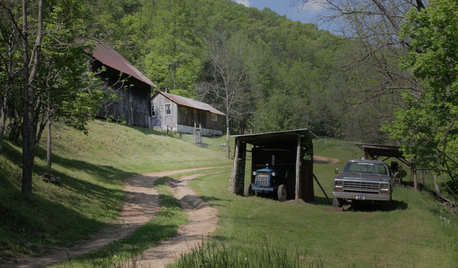Frustrated - Ready to give up
richdelmo
17 years ago
Related Stories

BEFORE AND AFTERSLiving Area Lightened Up and Ready for Anything
Porcelain tile and outdoor fabrics prepare this lakeside home for the challenge of pets and kids
Full Story
GARDENING GUIDESGive Your Turf the Fall Tune-up It Deserves
Treat your battered lawn to a little TLC this fall, and it will reward you with lush, healthy grass come spring
Full Story
MOST POPULARGet Ready for the Smart Coffee Table
Intelligent tables with touch screens are reaching the consumer market, with all the power of personal computers and more
Full Story
KITCHEN DESIGNA Stylist’s Secrets for Giving Your Kitchen the Wow Factor
There’s more to getting a fabulous kitchen than designing and installing it. It's the little details that elevate its look
Full Story
HOUZZ TOURSMy Houzz: Color and Pattern Give a Newlyweds’ Home Zing
Starting from scratch, a British Columbia couple transforms their empty apartment with ready-made pieces and personal photos
Full Story
DECORATING GUIDESBring in da Funk: How Humble Touches Give a Home Soul
Shake up expectations and stir up interest with pieces that show patina, create contrast or offer a jolt of surprise
Full Story
DECORATING GUIDESSail Through Special Occasions With a Ready, Gracious Home
Smile serenely in the face of impromptu parties, unexpected guests and last-minute gift giving with these ideas for preparing now
Full Story
BATHROOM DESIGNBath Style: Ready to Try a Larger Tile?
Large-Format Rectangular Tiles GIve a Bathroom a Fresh New Look
Full Story
DECORATING GUIDES5 Ways to Get Your Home Ready for the New Year
Give your home a practical checkup for a fresh start to 2012
Full Story
TASTEMAKERSNew Series to Give a Glimpse of Life ‘Unplugged’
See what happens when city dwellers relocate to off-the-grid homes in a new show premiering July 29. Tell us: Could you pack up urban life?
Full Story



pablo_nh
bane1202
Related Discussions
Garden a COMPLETE bust! Ready to dig it up and give up completely
Q
Need Help Ready To Give Up
Q
Craftsman 46' Mower with 18hp Kohler engine
Q
Tomato diseases
Q
richdelmoOriginal Author
kqcrna
pablo_nh
richdelmoOriginal Author
digdirt2
richdelmoOriginal Author
digdirt2
gardenfanatic2003
blutranes
richdelmoOriginal Author
richdelmoOriginal Author
bane1202
pablo_nh
digdirt2
gardenfanatic2003
richdelmoOriginal Author
reginacw
richdelmoOriginal Author
reginacw
patty4150
gonefishin
namfon
OklaMoni
richdelmoOriginal Author
kqcrna
richdelmoOriginal Author
digdirt2
richdelmoOriginal Author
richdelmoOriginal Author
ceresone